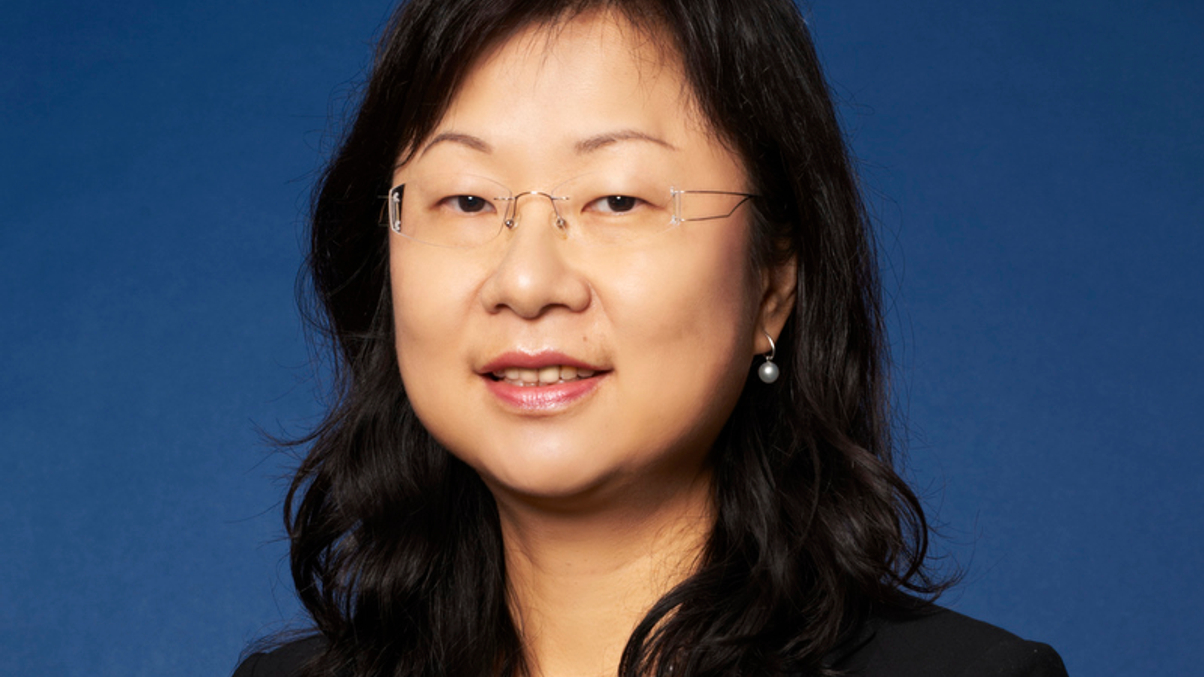Who wins from China's QFII quota increases?
Managers of exchange-traded funds are among the winners from last week's expansion of China's qualified foreign investor quotas.

International asset managers are preparing to apply for the expanded quotas for China's qualified foreign institutional investor (QFII) scheme and its renminbi-denominated equivalent (RQFII), but the opening will benefit only some.
Sign In to Your Account
Access Exclusive AsianInvestor Content!
Please sign in to your subscription to unlock full access to our premium AI resources.
Free Registration & 7-Day Trial
Register now to enjoy a 7-day free trial—no registration fees required. Click the link to get started.
Note: This free trial is a one-time offer.
¬ Haymarket Media Limited. All rights reserved.


